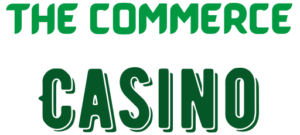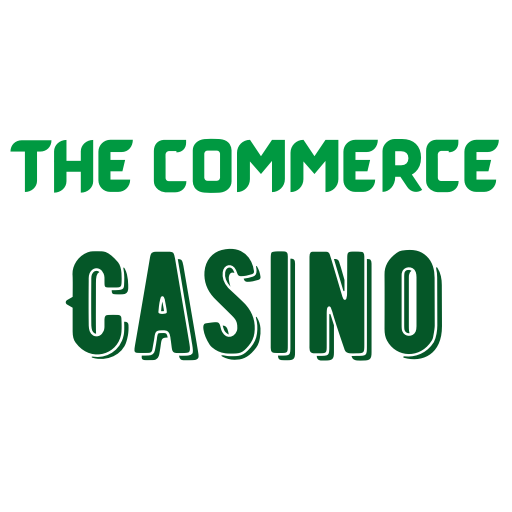A study by David Reiffen and Michael R. Ward published in 2005 showed that entry into the generic drug business has been the key to this value differential. As proven in the desk, when there are one to a few manufacturers promoting generic copies of a given branded drug, the ratio of the generic value to the branded value is about 83%. The ratio falls to 76% when there are four to six opponents, seventy two.1% when there are seven to nine competitors, 69% when there are ten competitors, and 68% when there are eleven or more opponents. Generic prescribed drugs are primarily similar substitutes for dearer brand-name pharmaceuticals. Generic medicine represented 19% of the prescription drug business in 1984 and today characterize greater than two-thirds of the business.
Suppose Mr. Gortari had been to shut down and produce no radishes. By shutting down, Mr. Gortari would lose $400 per month. By continuing to provide, he loses only $222.20.
If a monopolistically competitive agency is in long-run equilibrium, then its short-run common complete cost curve is tangent to its demand curve. The short-run supply curve for a monopolistically aggressive firm is identical to the upward-sloping portion of the agency’s marginal value curve above average variable cost. No barriers to entry, so in the long-run firms can freely enter or exit the market whenever companies are realizing income or losses. This characteristic implies that in the long-run completely aggressive companies will earn zero financial income. In the lengthy term, a agency is free to regulate all of its inputs. New firms can enter any market; existing companies can depart their markets.
Whereas a perfectly aggressive firm’s provide curve is equal to a portion of its marginal cost curve, the monopolist’s provide decisions don’t rely upon marginal cost alone. The monopolist looks at each the marginal cost and the marginal revenue a hard drive can only have one root directory that it receives at every worth level. In order to determine marginal revenue, the monopolist should know market demand. Therefore, the monopolist’s market provide won’t be independent of market demand. We shall assume that this trade is perfectly competitive.
Marginal revenue is the incremental acquire produced by selling an extra unit. It follows the legislation of diminishing returns, eroding as output levels enhance. Although they sound comparable, marginal income just isn’t the same as a marginal benefit.
What occurs to revenues when output is increased by one unit? The answer to this question reveals helpful information about the nature of the pricing decision for firms with market power, or a downward sloping demand curve. Consider what occurs when output is increased by one unit in Figure three.eight. Suppose, for instance, that a monopoly firm can promote amount Q1 units at a value P1 in Panel . If it desires to extend its output to Q2 units—and sell that quantity—it should reduce its value to P2. To promote quantity Q3 it would have to scale back the worth to P3.
As lengthy as marginal revenue is constructive, producing more output will increase total earnings. When marginal revenue turns unfavorable, producing more output will lower complete profits. Total revenue is maximized the place marginal income equals marginal price.
Charges that should be paid for elements of production corresponding to labor and capital. Not completely competitive—The major reason is that goods usually are not equivalent. It was simple for Mr. Islamadin to go away the industry.
There is not any change in price or output in the short run. Because companies are suffering economic losses, there might be exit in the lengthy run. Prices in the end rise by sufficient to cover the value of the charge, leaving the remaining firms in the industry with zero economic revenue.
Draw the demand curve every agency usually faces in this market construction and clarify why the curve has this form. …in both instances the firm will earn economic profit in the lengthy term. A fixed price is a cost that does not change with a rise or decrease within the quantity of products or providers produced or bought. For instance, a toy manufacturer may attempt to measure and compare the prices of manufacturing one further toy with the projected income from its sale. Suppose that, on average, it has price the company $10 to make a toy.

